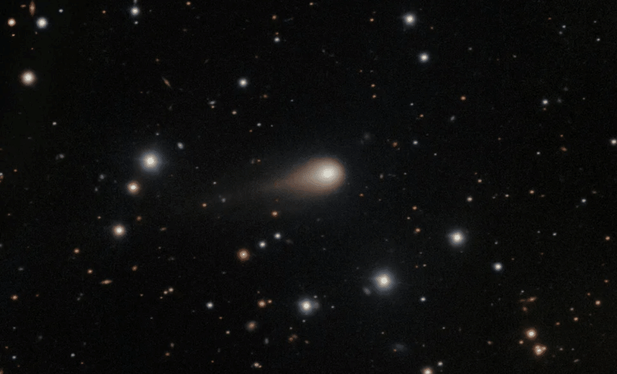Historical Connections: Antoni van Leeuwenhoek & Jan Vermeer
From Bill Bryson's "A Short History of Nearly Everything":
The first person to describe a cell was Robert Hooke, whom we last encountered squabbling with Isaac Newton over credit for the invention of the inverse square law. Hooke achieved many things in his sixty-eight years — he was both an accomplished theoretician and a dab hand at making ingenious and useful instruments — but nothing he did brought him greater admiration than his popular book Microphagia: or Some Physiological Descriptions of Miniature Bodies Made by Magnifying Glasses, produced in 1665. It revealed to an enchanted public a universe of the very small that was far more diverse, crowded, and finely structured than anyone had ever come close to imagining.
Among the microscopic features first identified by Hooke were little chambers in plants that he called cells because they reminded him of monks' cells. Hooke calculated that a one-inch square of cork would contain 1,259,712,000 of these tiny chambers, the first appearance of such a very large number anywhere in science. Microscopes by this time had been around for a generation or so, but what set Hooke's apart were their technical supremacy. They achieved magnifications of thirty times, making them the last word in seventeenth-century optical technology.
So it came as something of a shock when just a decade later Hooke and the other members of London's Royal Society began to receive drawings and reports from an unlettered linen draper in Holland employing magnifications of up to 275 times. The draper's name was Antoni van Leeuwenhoek. Though he had little formal education and no background in science, he was a perceptive and dedicated observer and a technical genius.
To this day it is not known how he got such magnificent magnifications from simple handheld devices, which were little more than modest wooden dowels with a tiny bubble of glass embedded in them, far more like magnifying glasses than what most of us think of as microscopes, but really not much like either. Leeuwenhoek made a new instrument for every experiment he performed and was extremely secretive about his techniques, though he did sometimes offer tips to the British on how they might improve their resolutions.[40]
[40] Leeuwenhoek was close friends with another Delft notable, the artist Jan Vermeer. In the mid-1660s, Vermeer, who previously had been a competent but not outstanding artist, suddenly developed the mastery of light and perspective for which he has been celebrated ever since. Though it has never been proved, it has long been suspected that he used a camera obscura, a device for projecting images onto a flat surface through a lens. No such device was listed among Vermeer’s personal effects after his death, but it happens that the executor of Vermeer’s estate was none other than Antoni van Leeuwenhoek, the most secretive lens-maker of his day.
#science #biology #history #microscopic #Vermeer #Antoni-van-Leeuwenhoek #1600s #17th-century #microbiology #historical-connections #the-clementine-compendium #fun-facts #the-more-you-know #educate-yourself #Bill-Bryson #A-Short-History-of-Nearly-Everything #quotes #books #cellular-biology #scientific-observations 